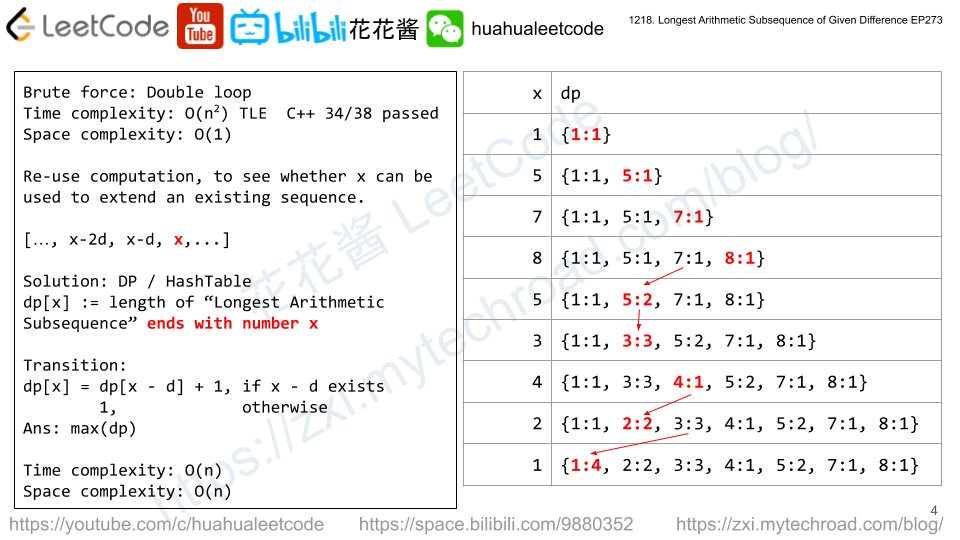In a gold mine grid of size m * n, each cell in this mine has an integer representing the amount of gold in that cell, 0 if it is empty.
Return the maximum amount of gold you can collect under the conditions:
- Every time you are located in a cell you will collect all the gold in that cell.
- From your position you can walk one step to the left, right, up or down.
- You can’t visit the same cell more than once.
- Never visit a cell with
0gold. - You can start and stop collecting gold from any position in the grid that has some gold.
Example 1:
Input: grid = [[0,6,0],[5,8,7],[0,9,0]] Output: 24 Explanation: [[0,6,0], [5,8,7], [0,9,0]] Path to get the maximum gold, 9 -> 8 -> 7.
Example 2:
Input: grid = [[1,0,7],[2,0,6],[3,4,5],[0,3,0],[9,0,20]] Output: 28 Explanation: [[1,0,7], [2,0,6], [3,4,5], [0,3,0], [9,0,20]] Path to get the maximum gold, 1 -> 2 -> 3 -> 4 -> 5 -> 6 -> 7.
Constraints:
1 <= grid.length, grid[i].length <= 150 <= grid[i][j] <= 100- There are at most 25 cells containing gold.
Solution: DFS
Time compleixty: O(4^25) ???
Space complexity: O(25)
C++
|
1 2 3 4 5 6 7 8 9 10 11 12 13 14 15 16 17 18 19 20 21 |
// Author: Huahua class Solution { public: int getMaximumGold(vector<vector<int>>& g) { int n = g.size(); int m = g[0].size(); int ans = 0; function<int(int, int)> dfs = [&](int x, int y) { if (x < 0 || x >= m || y < 0 || y >= n || g[y][x] == 0) return 0; int c = 0; swap(c, g[y][x]); int r = c + max({dfs(x - 1, y), dfs(x + 1, y), dfs(x, y - 1), dfs(x, y + 1)}); swap(c, g[y][x]); return r; }; for (int i = 0; i < n; ++i) for (int j = 0; j < m; ++j) ans = max(ans, dfs(j, i)); return ans; } }; |
